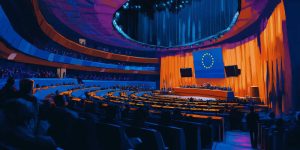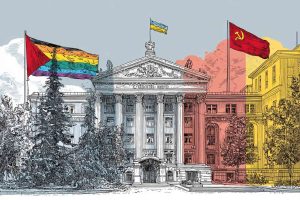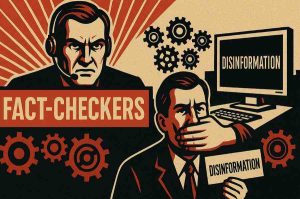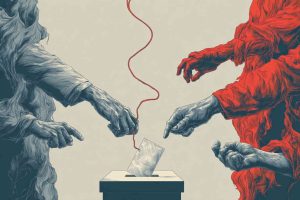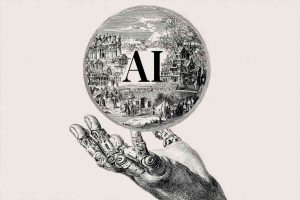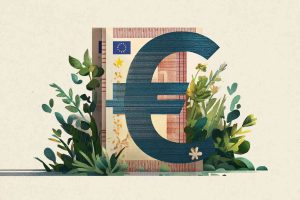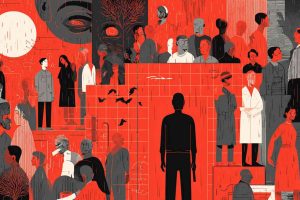The power of the microphone: how public broadcasting influences democracy in The Netherlands
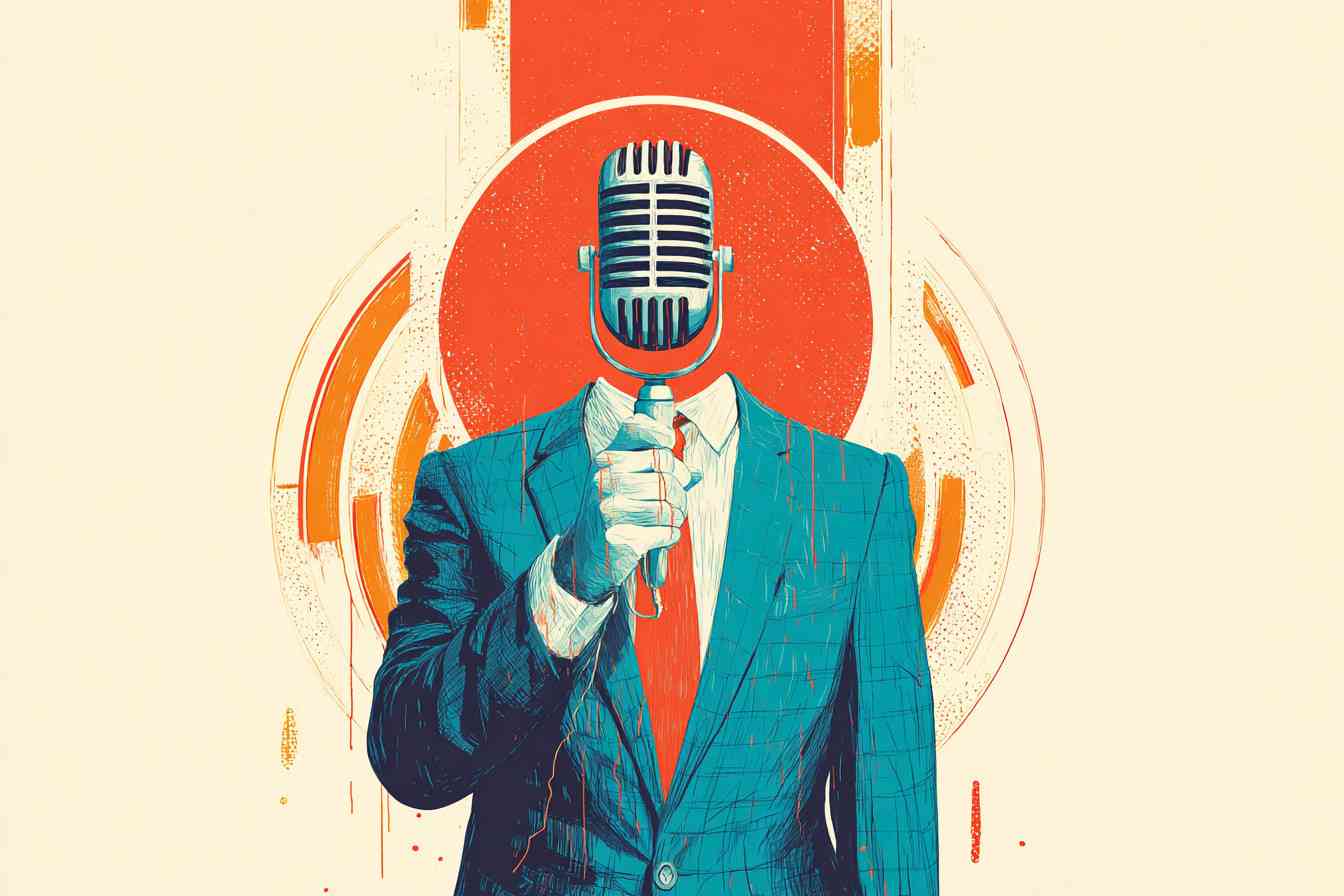
The Dutch public broadcaster, NPO, was originally established with the noble goal of ensuring pluralism, independence, and quality in the media. Yet this original mission appears increasingly distorted. In practice, the NPO no longer functions solely as a neutral reporter of public debate, but as an actor that actively shapes the debate, often in line with the ideological preferences of parties like D66 and GroenLinks-PvdA. In a time when election outcomes increasingly depend on media exposure and public image, the question arises whether the NPO still fits within a healthy democracy, or whether it requires strict regulation,or even abolition.
The promise of independence
When the NPO was structured in its current form, the goal was clear: an independent public system reflecting society in all its diversity. The Media Act states that the public broadcaster “ensures a pluralistic offering that is independent of commercial or political influence” (Mediawet 2008, Rijksoverheid). This promise sounds noble, but its implementation has become increasingly problematic.
The NPO’s funding comes almost entirely from public money, with allocation responsibility resting with the Ministry of Education, Culture and Science. This political connection makes the NPO vulnerable to power dynamics within the government. When coalitions are formed by parties ideologically close to the NPO’s editorial line, an informal but noticeable form of influence arises. This effect is not unique to the Netherlands, but the Dutch situation is especially vulnerable because the public system is unusually large and influential compared to the commercial market (Mediabrief 2024, Commissariaat voor de Media).
Political color within the system
In recent years, evidence has accumulated that the NPO system structurally leans toward progressive themes. This is evident not only in program selection and tone but also in staffing. A significant portion of leadership positions within the broadcasters is held by people closely connected to progressive parties, particularly D66 and PvdA. Prominent editors, producers, and managers have openly expressed sympathy for these parties or previously held political positions.
Research by De Volkskrant and Elsevier Weekblad shows that the vast majority of NPO employees identify as progressive or left-liberal (Onderzoek mediavoorkeuren NPO, Elsevier). This cultural homogeneity affects the choice of guests, topics, and tone. Conservative or Eurosceptic perspectives receive less space, while progressive viewpoints are presented as more natural and normative.
A striking example appeared during the 2025 elections. NPO talk shows, including Op1 and Nieuwsuur, provided noticeably more airtime to politicians favorable to the public system, such as D66 leader Rob Jetten. Politicians from right-wing or critical parties , PVV, BBB, or JA21 , received significantly fewer invitations and generally tougher questioning. This is not just perception: figures from the Commissariaat voor de Media on airtime distribution show structural differences between political segments, with the progressive side practically getting more exposure (Jaarverslag Mediamonitor 2024, CvdM).
The 2025 elections: an uneven playing field
During the 2025 elections, the structural imbalance within the NPO became painfully visible. In the months leading up to the election, the Commissariaat voor de Media recorded a strikingly skewed political visibility. D66, under Rob Jetten, not only received the most invitations to news and current affairs programs but also the most favorable time slots: prime time between 8:00 and 10:00 PM, with viewership three to four times higher than morning or afternoon slots (Mediamonitor Verkiezingen 2025, CvdM).
According to an analysis by the Tijdschrift voor Communicatiewetenschap, Jetten was invited 27 times in the campaign period on NPO programs, including Nieuwsuur, Buitenhof, Op1, and NOS Journaal. In comparison, Caroline van der Plas (BBB) appeared eight times, Geert Wilders (PVV) six times, and Pieter Omtzigt (NSC) only five times. Overall, D66 accounted for nearly 22 percent of all political airtime on the public broadcaster in the final six weeks before the election, a remarkable figure considering the election result, in which D66 received roughly 9 percent of the votes (Zendtijdanalyse verkiezingen 2025, University of Twente).
Even more notable was the tone of the coverage. In Nieuwsuur interviews, Jetten was presented as “the reasonable centrist” who “connects Europe and climate with pragmatism,” whereas right-wing candidates were repeatedly framed in terms of “radicalization,” “polarization,” and “unclear plans” (Nieuwsuur-uitzendingen november 2025, NPO Archive). The framing of progressive parties as rational and modern versus conservative parties as emotional and obstructive influenced perceptions of competence and reliability.
Independent research by Clingendael also showed that the NPO agenda during this period strongly aligned with the policy programs of D66 and PvdA, emphasizing sustainability, European cooperation, and an inclusive society (Media, Macht en Perceptie, Clingendael). These topics received up to 40 percent more attention than issues such as immigration, purchasing power, or security , issues typically associated with right-wing parties.
The overrepresentation of Jetten was accompanied by notably mild journalistic treatment. Whereas PVV and BBB candidates were confronted with critical editing and interruptions, Jetten was regularly allowed to deliver extended monologues on “constructive politics.” On social media, the term Jetten-journaal emerged, referring to the apparent merging of the NPO agenda with the D66 campaign. Although the term was used ironically, it reflected a growing perception among viewers that the public broadcaster no longer stood above the parties.
Political analysts pointed out that the NPO was entering a dangerous gray area. By structuring the campaign largely around progressive themes and figures, it indirectly guided public opinion. Media do not merely report reality; they construct it. As a result, an unfair playing field emerged in which parties skeptical of the NPO were systematically disadvantaged.
The argument that the NPO merely “reflects societal reality” holds little weight in this context. The broadcaster helps create that reality by selecting topics, guests, and framing. The 2025 elections thus served as a test of the democratic integrity of the public system , and that test was not passed convincingly.
Financial dependence and ideological symbiosis
A major part of the problem lies in the NPO’s financial structure. The public broadcaster relies entirely on tax money and also receives additional funds via ministerial grants for “socially relevant themes,” including sustainability, inclusion, and diversity. These themes often coincide with policy priorities of parties like D66 and GroenLinks-PvdA, creating a reciprocal relationship: the government rewards programs that support its policies, and the NPO, in turn, reinforces those policies by presenting them as self-evident (Begroting OCW 2025, Rijksoverheid).
Policy-driven funding fundamentally weakens journalistic independence. Programs critical of climate policy, migration, or European integration rarely receive the same resources as programs approaching these topics from a government perspective. This results in subtle but systematic self-censorship: creators know which topics are politically safe and which are not.
A similar issue has been observed in the United Kingdom, where the BBC faced criticism for alleged institutional bias toward Labour and later pro-EU positions. This led to parliamentary inquiry and restructuring of funding mechanisms (The BBC and Bias Debate, House of Commons). The Netherlands, however, seems blind to the same dynamics, still relying on the illusion of a neutral public system.
The skewed playing field during elections
Leading up to the 2025 elections, the NPO’s role became visible in terms of unequal airtime and framing. Analyses of Nieuwsuur and Op1 broadcasts show that progressive parties had more opportunities to communicate their message, while critical voices were often presented in contexts of controversy or conflict. The “issue ownership” theory from political communication studies explains how selective media attention affects perceptions of competence (Media and Political Agenda-Setting, McCombs). By repeatedly highlighting progressive themes like climate, diversity, and Europe, the NPO reinforced the perception that these issues were central to national debate , and thus that the parties advocating them were most relevant.
Moreover, the NPO does not merely report but actively shapes what is considered “responsible” or “reasonable” discourse. Opinion programs like Buitenhof and De Vooravond regularly select panelists from a limited ideological pool. The social norm in these programs is progressive; divergent opinions are often framed as deviations or threats, manipulating the public space for debate.
Power behind the scenes
What makes the situation even more complex is that many key figures in policymaking and media regulation come from the same progressive networks. Within ministries, advisory councils, and supervisory bodies, D66 and PvdA have disproportionate influence. Data from Open State Foundation shows that members with progressive party backgrounds constitute a clear majority in boards and commissions directing or advising the public broadcaster (Transparantie Onderzoek Media, OSF).
This also applies to the board of the Commissariaat voor de Media, which oversees the NPO. Although the Commissariat is formally independent, there is close interconnection with political and administrative elites. This personnel symbiosis reinforces the perception that oversight functions not as a corrective mechanism but as an extension of the political center, resulting in self-regulating media policy.
Public opinion as a tool
The NPO’s influence extends beyond direct politics. Through cultural dominance, it shapes norms and values that indirectly steer political outcomes. The framing of topics like climate, migration, gender, and Europe largely defines what is socially acceptable.
Research from the University of Amsterdam showed that prolonged exposure to public broadcaster content correlates with higher support for European integration and progressive policy measures (Media Exposure and Political Attitudes in the Netherlands, UvA). While correlation does not prove causation, it does confirm that the public broadcaster is not a neutral platform but a formative power.
International research on media influence, conducted by the Reuters Institute for the Study of Journalism, shows that public broadcasters in nearly all Western European countries tend toward progressive bias, especially when editorial autonomy is not accompanied by structural political diversity. The Netherlands scores below the EU average in terms of ideological balance (Digital News Report 2024, Reuters Institute).
International parallels
The Dutch situation fits into a broader pattern. In Germany, ARD/ZDF faced criticism for unbalanced reporting around elections, with Christian Democratic parties (CDU/CSU) systematically receiving less favorable representation (ARD Bias Report, Universität Leipzig). In France, France Télévisions was repeatedly accused of being too closely linked to the Macron government, while in Sweden, SVT publicly apologized for biased coverage on migration (Sveriges Television Apology 2023, Dagens Nyheter).
These examples show that when public broadcasters are insufficiently regulated, they naturally lean toward those in power or ideological majorities. The Dutch NPO is now at that stage: large, influential, and barely corrected by pluralistic counterforces.
The need for reform
In the Netherlands, there is little political will to fundamentally reform the NPO, partly because the parties that would benefit are also the ones that protect it. Yet public dissatisfaction is growing. Polls from EenVandaag Opiniepanel and Hart van Nederland show that a majority of Dutch citizens believe the NPO exhibits too much political bias and is insufficiently critical of its own circle (Publieke Omroep in Vertrouwen, EenVandaag).
Fundamental reform should begin with transparency: insight into funding flows, appointment procedures, and airtime distribution. Independent audits, free from ministerial influence, could determine whether the NPO truly provides balanced coverage. Furthermore, one could consider downsizing the public system so that commercial media and citizen journalism gain a more equal voice. In extreme cases, abolition could even be considered, redistributing public funds to independent productions managed by various organizations.
A democracy in the echo of its media
The core question is whether a public broadcaster ideologically anchored in a particular political corner can still legitimately function as a collective institution. Democracy assumes an open market of ideas, but the NPO increasingly acts as a gatekeeper deciding which ideas are acceptable. Through selective representation of parties, individuals, and topics, it influences not only public opinion but also election results and policy directions.
The line between reporting and influencing is razor-thin. When airtime, tone, and framing systematically lean toward a single ideological spectrum, the public broadcaster effectively becomes part of the political apparatus. This is not the fault of individual journalists, but of a system that confuses political diversity with editorial freedom.
Democracy can only be maintained if its information provision is genuinely pluralistic. Whether that can happen within the current system is doubtful. As long as the NPO operates as an echo of the ruling party, the debate about its future should not concern more money or more channels, but its very legitimacy.

